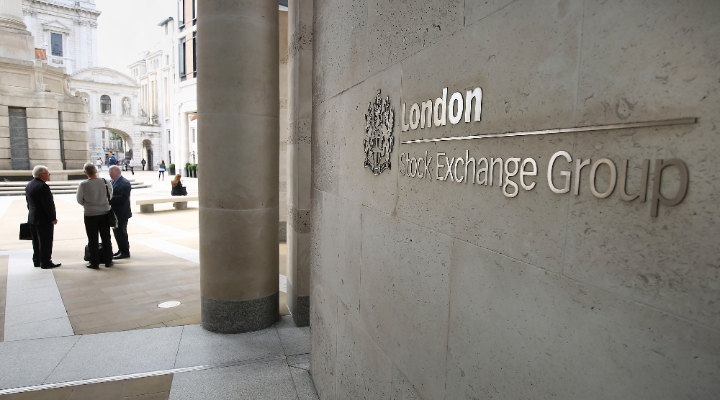
Taken from start of the second quarter of 2020 (which was roughly the point at which markets bottomed after the Covid-19-induced panic of February and March that year), the performance differential of India and China could not be more stark.
While India has rallied 90% in US dollar terms since that date – the index now sits well above the level seen just prior to the market sell-off – China has fallen 25%, now well below pre-Covid-19 levels and at a level not seen since 2016. The extent of this performance diversion is unprecedented in the last 20 years. What can explain such a significant relative performance?
Perhaps the most obvious answer is the differing policy approach to the pandemic. Although China was initially praised for its rapid and aggressive response to lockdowns, this has given way to a seemingly endless ‘zero-Covid’ policy that has hampered any meaningful economic recovery.
To the present day, even a relatively small number of cases – fewer than 50, for example – can cause lockdowns to be re-enacted in response. Travel in and out of the country remains extremely challenging. Contrast this with India where, although initial lockdowns were relatively comprehensive, we have seen a steady opening up of the economy throughout 2020 and 2021.
In addition, India was somewhat unexpectedly spared the worst of the first Covid-19 wave (on an epidemiological basis at least), and although famously was hit much harder in the second wave of March 2021, that actually had a relatively insignificant impact on an economic and corporate earnings basis. It hardly derailed the ongoing recovery.
However much these specific policy factors have had a significant impact on the relative fortunes of the two emerging markets, it is also true that the fundamental position of these major economies was extremely different before the disruptive arrival of the Covid-19 in late 2019.
Nine Years Ago...
If we cast our minds back to 2013, when India was one of the so-called “fragile five” emerging market economies that were buffeted by the taper tantrum, we see an economy considered extremely vulnerable. Following Narendra Modi’s ascent to power, we see a period of fiscal repair and occasionally-painful structural reforms. At that stage in particular, the banking sector was gummed up with bad loans from the last boom and bust cycle and was thus unable to lend.
The last five years have seen a wholesale cleaning up of bank balance sheets, leaving the financial sector in excellent health and able to lend to and support a recovering economy.
In many sectors, the overcapacity apparent from the previous cycle has now been worked off. That’s most apparent in the housing sector, where inventories have finally fallen to levels consistent with price increases. Affordability is at record highs. That housing sector recovery has been a critical missing link in recent economic cycles in India and has the capacity now to spark a wider capex recovery after more than a decade of excess capacity.
By contrast, China has struggled to efficiently clear the excess capacity created in the post-financial crisis boom in infrastructure spending, and nowhere has this been more acutely felt than in the property sector, which continues to haunt asset quality of the financial sector. The creditworthiness of key property players continues to cause concern in the Chinese market.
Moreover, while India has proceeded with a more expansionary fiscal policy, China has resisted any impulse to add stimulus to the economy given the existing overcapacity in the investment side of the economy and the reality that consumption is currently restricted by zero-Covid policies.
India has also benefited from a more benign geo-political backdrop, seen by the US as a democratic bulwark to China in Asia, whereas relations between the US and China have continued to deteriorate. This is reflected in tit-for-tat trade disputes and restrictions on China’s access to vital semiconductor equipment needed to develop a competitive internal chip-manufacturing industry.
In terms of domestic politics China has focussed on the “common prosperity” agenda that has targeted companies not seen as patriotic enough. That includes the previously fast-growing tech industry. India, meanwhile, has continued to welcome foreign investment.
Given this extreme divergence in economic pre-conditions, Covid-19 reactions, and domestic and international policy, it is perhaps not surprising that we have seen such a performance differential.
The question from this juncture is whether we are likely to see Indian outperformance continue.
Head to Head
The most compelling argument for a reversal in Chinese fortunes is to be found in the relative valuation picture; where India now trades at extended valuations compared with history, China offers historically low valuations, a set up that, with the addition of a meaningful catalyst, could prove a powerful driver of Chinese outperformance.
What could provide such a catalyst? The most obvious would be an easing of zero-Covid-19 policies, and there is some degree of hope that the development of Chinese-produced mRNA vaccines will provide cover to do so.
For India’s part, we believe a multi-year structural investment phase beckons and with a stable political backdrop we see relatively low domestic risks to this agenda.
A potential external risk to Indian outperformance is always to be found in high oil prices, which pose a risk should they rise above $100 per dollar. Given the valuation and sentiment disparity that has developed between these two markets it is certainly possible that China manages to stage something of a recovery in the final quarter of this year.
Over the medium-term we still believe the domestic policy environment and growth potential remains a more compelling proposition in India, which we argue remains the most structurally compelling long-term investment opportunity within emerging markets.
Ewan Thompson is manager of Liontrust’s emerging markets fund




























